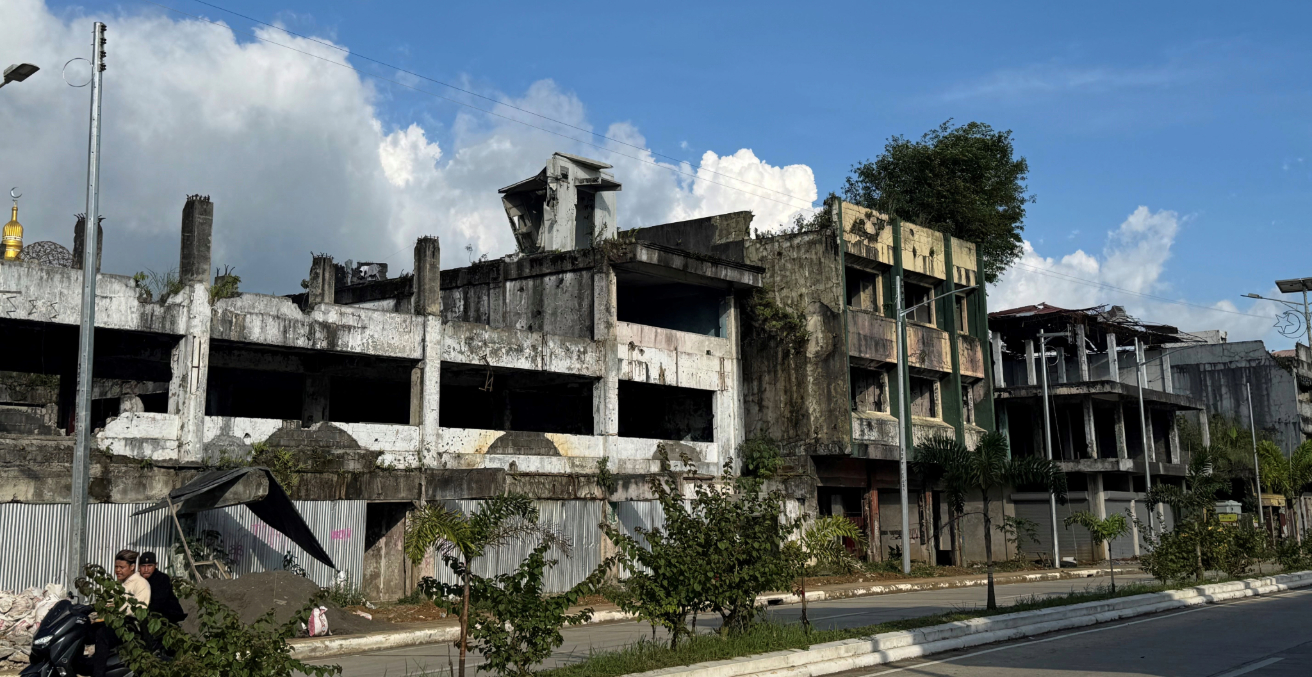AI (Artificial Intelligence) has the ability to transform the future of Australian security in both positive and negative ways. In the context of current security development paradigms, the challenges of information warfare, cybersecurity, nuclear deterrence, and space-based capabilities must be at the forefront of national thinking.
Given its relatively small investment in AI, Australia’s capacity to leverage its partnerships will be critical to maintaining a competitive advantage in a field where scalability is likely to drive innovation and leadership, and provide security through its application. The Trilateral Security Dialogue (TSD) between Australia, Japan, and the United States—mutually accountable, reliable, advanced, and like-minded states—is, we argue, the most appropriate vehicle for advancing AI cooperation for Australia’s security. In advancing this argument, how Australia, Japan, and US defence, security, and diplomatic policies can be aligned toward the development and deployment of AI-enabled-military and non-military capabilities are key questions that require responses.
Developing AI capabilities
Members of the TSD have made important progress on AI capabilities in recent years. The United States has committed to advancing its AI capabilities on a large scale, including the creation of the Joint Artificial Intelligence Center (JAIC) in 2018, the AI Initiative Act in 2020, and the Chief Digital and Artificial Intelligence Office in 2022. In Tokyo, a Japanese version of America’s Defense Advanced Research Projects Agency (DARPA), dubbed JARPA (Japan Advanced Research Projects Agency), is projected to be launched in 2024, to coincide with new spending in military end-use research and development. In April 2022, the Australian Labor party announced it would seek to establish the Advanced Strategic Research Agency (ASRA) with an initial start-up fund of AUD$1.2 billion over ten years. ASRA will build on the Defence Innovation Hub with four core research areas: cyber security; artificial intelligence; robotics and automation; and, quantum computing.
AI policy alignment
Recent bilateral agreements, such as the Australian-Japan Joint Declaration on Security Cooperation – which also builds upon other recent bilateral agreements, including the Japan-Australia reciprocal access agreement – illustrate the expanding cooperation in advanced technologies and strategic capabilities. High-level meetings are also honing in on these issues. For instance, Prime Minister Anthony Albanese is currently in the United States to meet with President Joseph Biden and British Prime Minister Rishi Sunak to discuss the future of Australian defence and security interests amid the AUKUS grouping.
The need to better align policies on AI-enabled-military and non-military capabilities across the three Indo-Pacific countries is in part a response to changing dynamics in the Indo-Pacific region. China’s ongoing military modernisation program—and principally efforts to advance coercive and deterrent capabilities across aerospace, cyberspace, outer space, autonomous systems, and weapons of mass destruction—clearly present a formidable challenge to all three nations in Indo-Pacific. Key U.S. allies and security partners in the region also confront similar but often more concentrated concerns about key strategic competitors and their military capabilities including AI. In this context, there are increasing threats to the sovereign, territorial, and security interests of many U.S. allies and security partners in the Indo-Pacific, including Australia, Japan, as well as India, the Republic of Korea, the Philippines, the Republic of China (Taiwan), and New Zealand.
Closing capability gaps
It is evident that gaps exist between the shared security concerns of the United States and its partners and allies, particularly in the realm of emerging technologies. Many policymakers and researchers realise the need to embolden collaboration with allies in the region to counter adversarial coercive capabilities. But this is difficult to do in practice at the bilateral and particularly multilateral levels.
One of the main challenges for the United States, Japan, and Australia is reaching consensus on the security challenges posed by China and the collective action that can counteract them. The TSD provides the site for the development and implementation of effective collaborative actions by technologically advanced states like Australia and Japan in close coordination with the U.S. In this sense, the TSD has potential for accomplishing policy alignment and coherence.
Grasping the nettle of AI implications for the TSD
As a dual-use technology, AI has transformative potential in civilian and military spheres, elevating strategic advantages on a wide range of capabilities from conventional weapons systems and autonomous vehicles to cybersecurity. There is also the challenge of civilian AI systems being used in a military context. Moreover, AI portends to transform modern warfare—both kinetically and non-kinetically. To help respond to this challenge, the central role of AI in defining the strategic calculus of the TSD in the evolving threat landscape underpinned by great power rivalry in the post-liberal order is of great significance.
Given recent trends on defence and technology collaboration, including the AUKUS Pact, there is a need to construct a robust Australian AI capability framework. Such a framework would offer a critical tool for strategic policymaking, specifically in improving its defence planning, development, and acquisition of AI-infused capabilities over the next decade. A well-orchestrated and cohesive framework will provide a fundamental reference point for conducting future scenario-planning, tabletop or war game exercises, or engaging in multi-domain defence drills with Australia’s counterparts, the US and Japan.
The trend lines are clear in terms of the significance AI will play in Australia’s future strategic relations. It is imperative that analysts and policymakers not only understand the disruptive impacts of AI in the evolving threat landscape in the Indo-Pacific region, but also strengthen practical and workable solutions for responding. The TSD provides a workable and crucial platform and context for doing so.
This article is based on an Australian Government Department of Defence SPGP project comprising of a Trilateral AI Experts Group. The team recently convened the first Trilateral AI Experts Group dialogue in Washington D.C.
Dr Aiden Warren is Professor in Politics and IR at the School of Global, Urban and Social Studies at RMIT University in Melbourne, Australia. He is also the Deputy Director (Global Security & International Relations) at the Sir Lawrence Wackett Defence and Aerospace Centre and Fulbright Scholar in Australia-United States Alliance Studies.
Dr Charles T. Hunt is Associate Professor of Global Security and Deputy Director (Strategic Policy and Defence Diplomacy) at the Sir Lawrence Wackett Defence & Aerospace Centre at RMIT University in Melbourne, Australia. He is also Senior Fellow (non-resident) at the United Nations University Centre for Policy Research in New York, USA.
Matt Warren is the Director of the RMIT University Centre for Cyber Security Research and Innovation and a Professor of Cyber Security at RMIT University. He has held roles such as Deputy Director of University Research Centre, Head of School, Deputy Head of School, Program Leader for several programs during his tenure at Deakin University.
This article is published under a Creative Commons License and may be republished with attribution.




